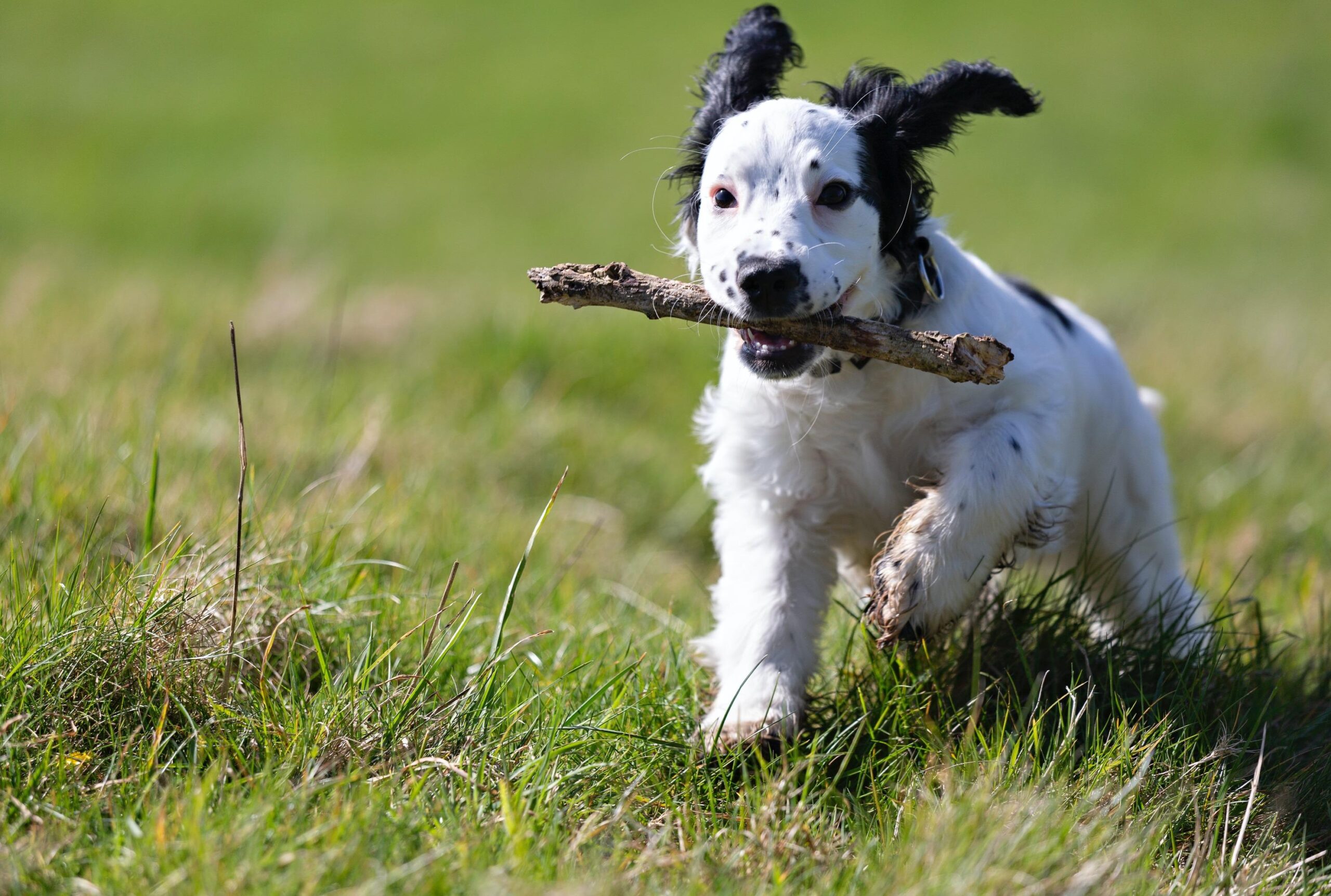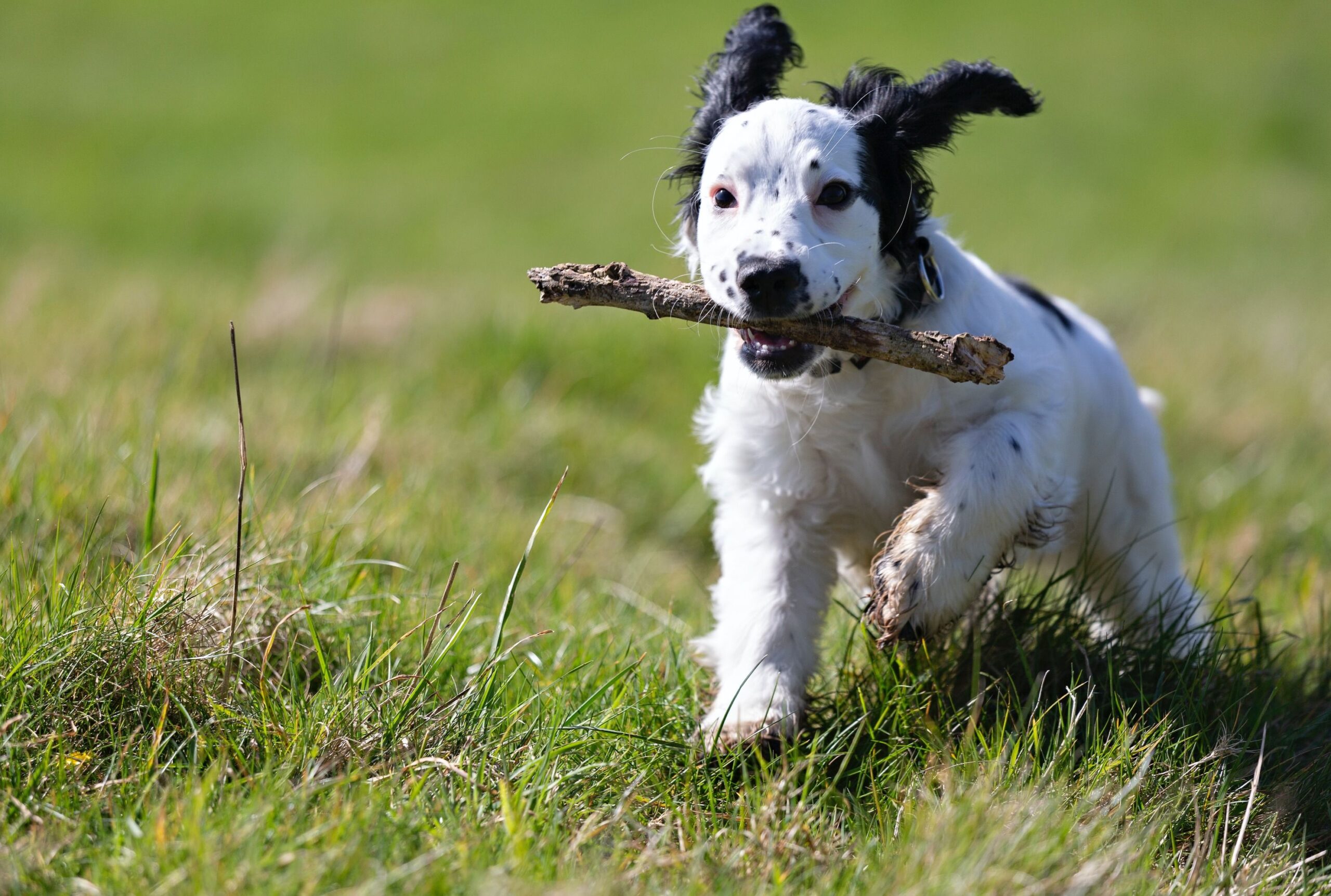Pre-Op Advice
Most pets will require sedation or an anaesthetic at some point in their lives, whether that’s for a routine surgery like neutering, dental work, or for an emergency procedure.
While anaesthetics do carry a degree of risk, our vets will do everything they can to reduce those risks, which may include pre-anaesthetic blood samples to check organ function or supportive intravenous fluid therapy (IVFT) during the procedure.
Before the day
– If your pet is on regular medication, please check with your vet when to give the last dose. Some medications must be given as normal, while others are delayed. Each case is individual and our vets will advise on your particular pet’s needs.
– Your cat and dog will need to be prevented from eating from midnight the night before their appointment. This is to allow the gastro-intestinal tract to empty before anaesthesia. This reduces the serious risk of vomiting while under anaesthetic.
– However, rabbits, guinea pigs and ferrets must have access to food right up until you bring them to the clinic.
– Water should always be available for your pet before their appointment. This is very important.
– It is advisable to lock cat flaps to prevent escape the night before. This also ensures your cat does not have access to other cats’ food elsewhere. Your cat should have access to a litter tray while confined indoors.
– Walking your dog before coming to your appointment will give them an opportunity to go to the toilet.
– Please ensure your pet is clean on admission.
On the day
– We book all admit appointments early in the morning to allow us to perform any checks or blood samples required.
– All surgery patients have an admission appointment with our nurse to discuss the procedure, the cost and to complete documentation. This is also your opportunity to ask questions.
– When you arrive at the clinic, you will be asked to sign a consent form. This gives your permission for the procedure to go ahead.
– It is vital that we can contact you at all times during the day – please check that we have current contact numbers where we can reach someone at all times.
– We place an intravenous catheter, usually into the front leg which allows us to administer pre-medication, anaesthetics and IVFT. Expect to see a shaved front leg.
– At this point, if there is something else you would like to request in addition, please let our staff know. This could be something like clipping nails, checking anal glands or microchipping.
– Your pet will be weighed to make sure we calculate accurate doses of drugs to be given.
– Pre-operative blood checks are available to all surgical patients, allowing us to check vital organ function prior to an anaesthetic. We strongly advise this for older pets, and will discuss with you at admission.
– Bloods will usually be taken from the jugular vein in the neck so please expect an area to be shaved on the neck.
– Some pets will receive a pre-med depending on the type of surgery or investigation they will be having. This is a mild sedative and pain relief which works before the procedure and helps to settle your pet and reduce any anxiety.
– Once the vet is happy, has results from blood samples and the pre-med has been given, we start to prep your pet for surgery. This involves giving an intravenous anaesthetic and inserting an endo-tracheal tube into their throat to allow us to connect to our anaesthetic machine. This machine delivers oxygen and additional anaesthetic in the form of a gas to keep your pet asleep while our vet operates.
– During prep, the surgical area is shaved and the skin cleaned with disinfectant. Expect to see a shaved area and this may be larger than expected to allow us to thoroughly clean the surrounding skin, which in turn prevents infection from occurring at the surgery site.
While your pet is at the clinic
There are some things you can do while your pet is with us:
– Prepare a comfy bed, away from draughts and loud noises.
– A bland meal is advisable, chicken and rice is ideal or we stock a palatable bland diet which you could buy to have at home.
– Think about how you will transport your pet home. Most will be a bit drowsy so it is not advisable to walk them. If your dog is large it may be worthwhile bringing a helping hand with you when you collect them.
– Speak to small children in the household and make them aware that their pet will need to be quiet for a few days.
– If you have more than one pet, it is advisable to make the quiet recovery area away from other pets. This will let your pet recover without disturbances and also prevent any wound interference from other pets.



